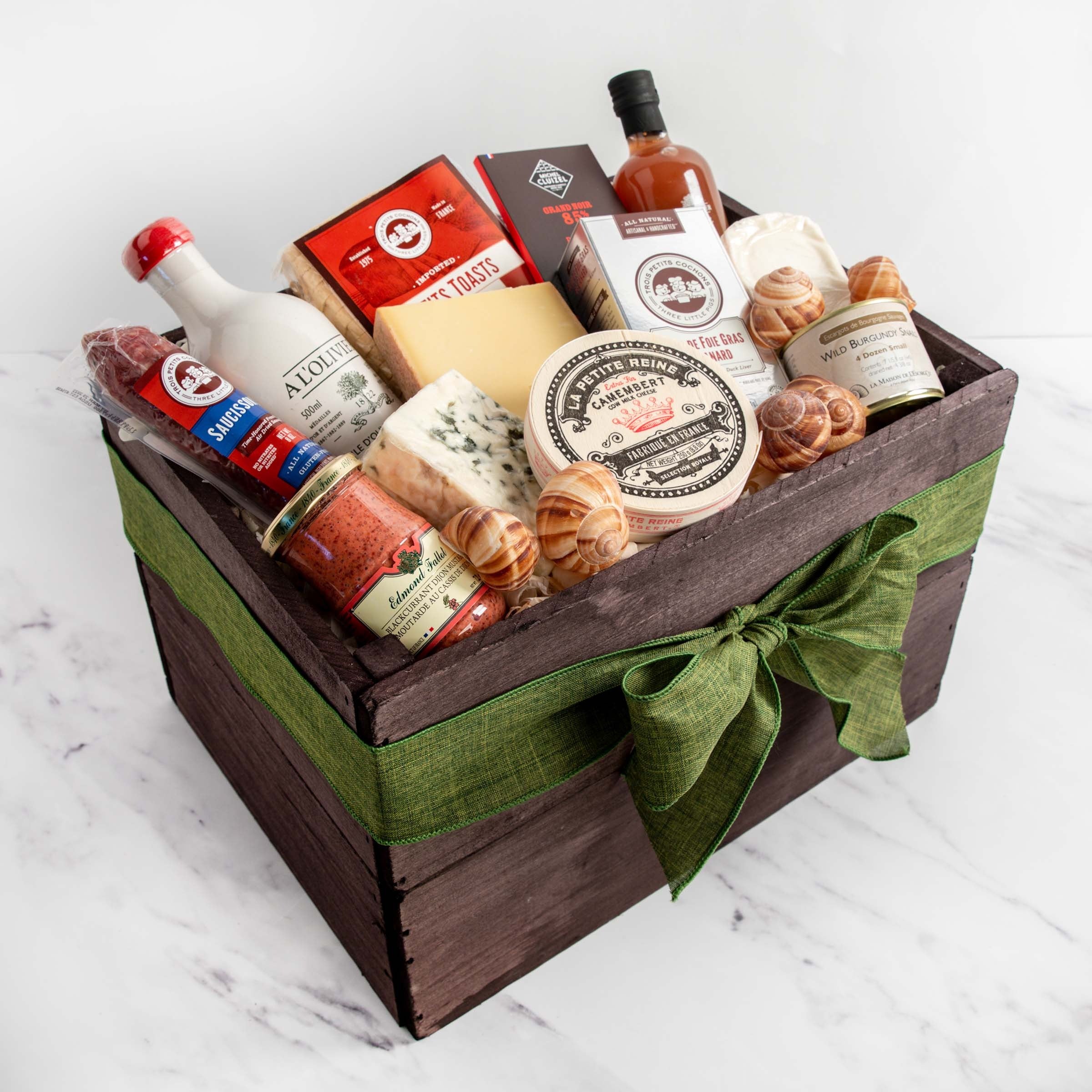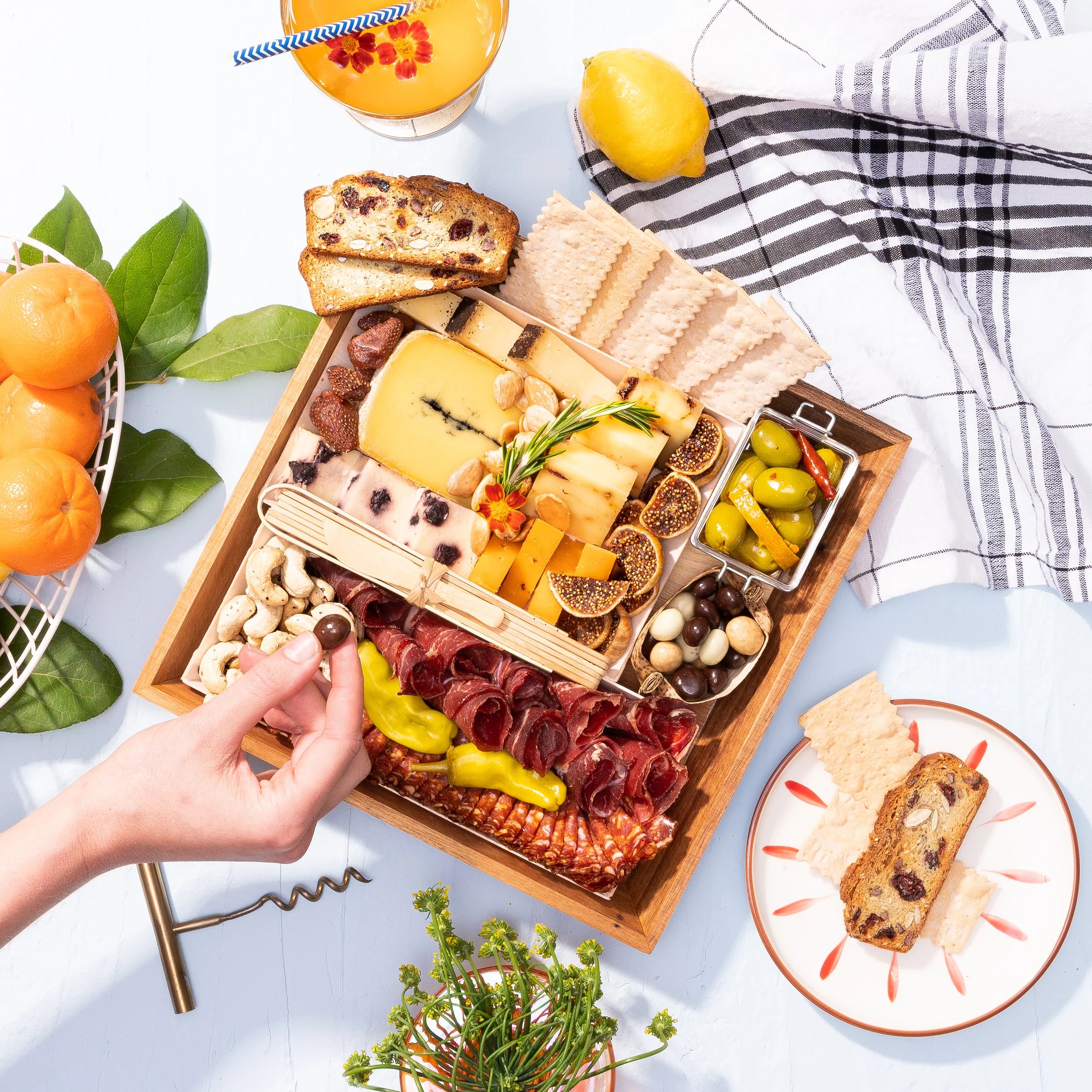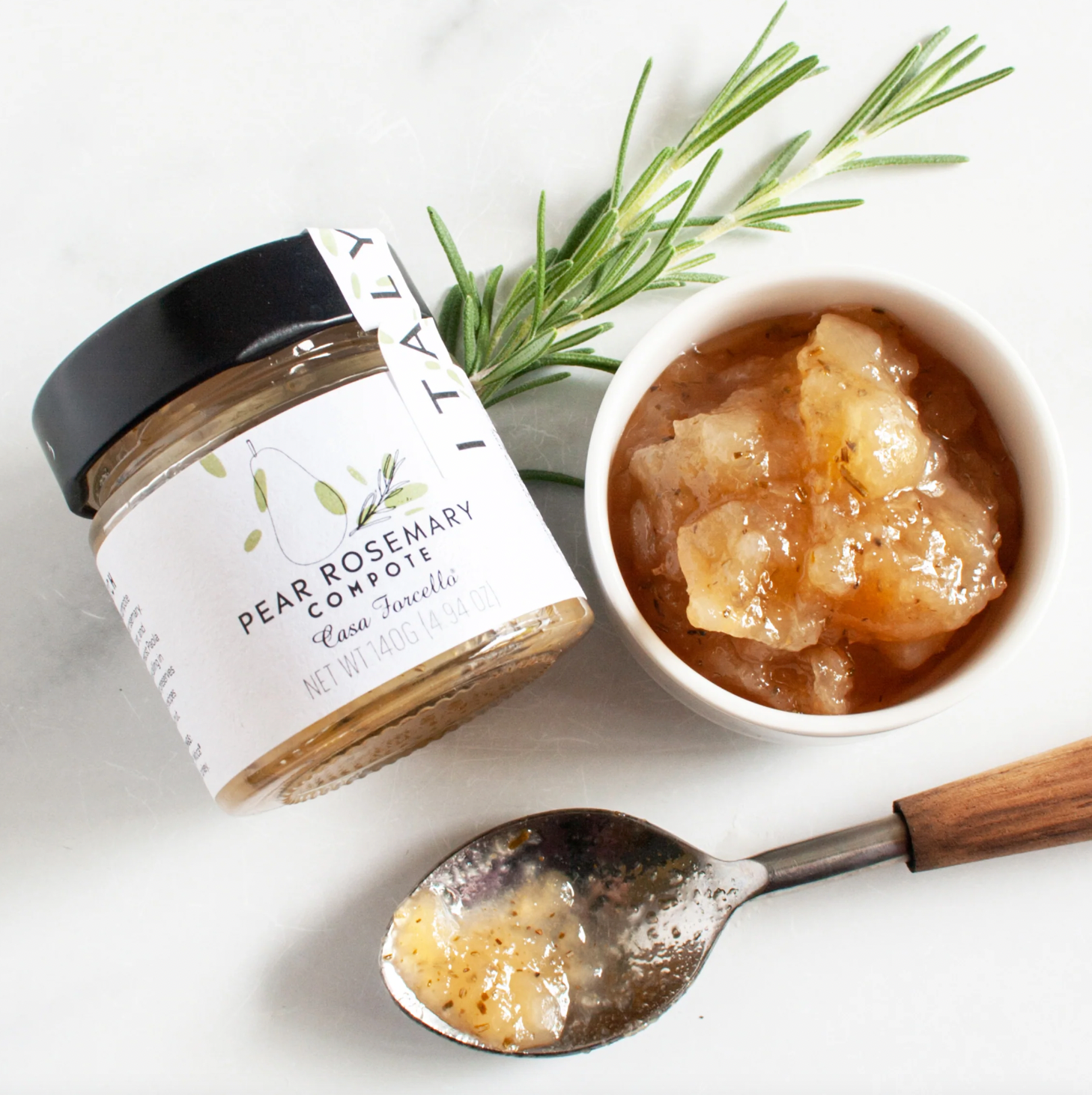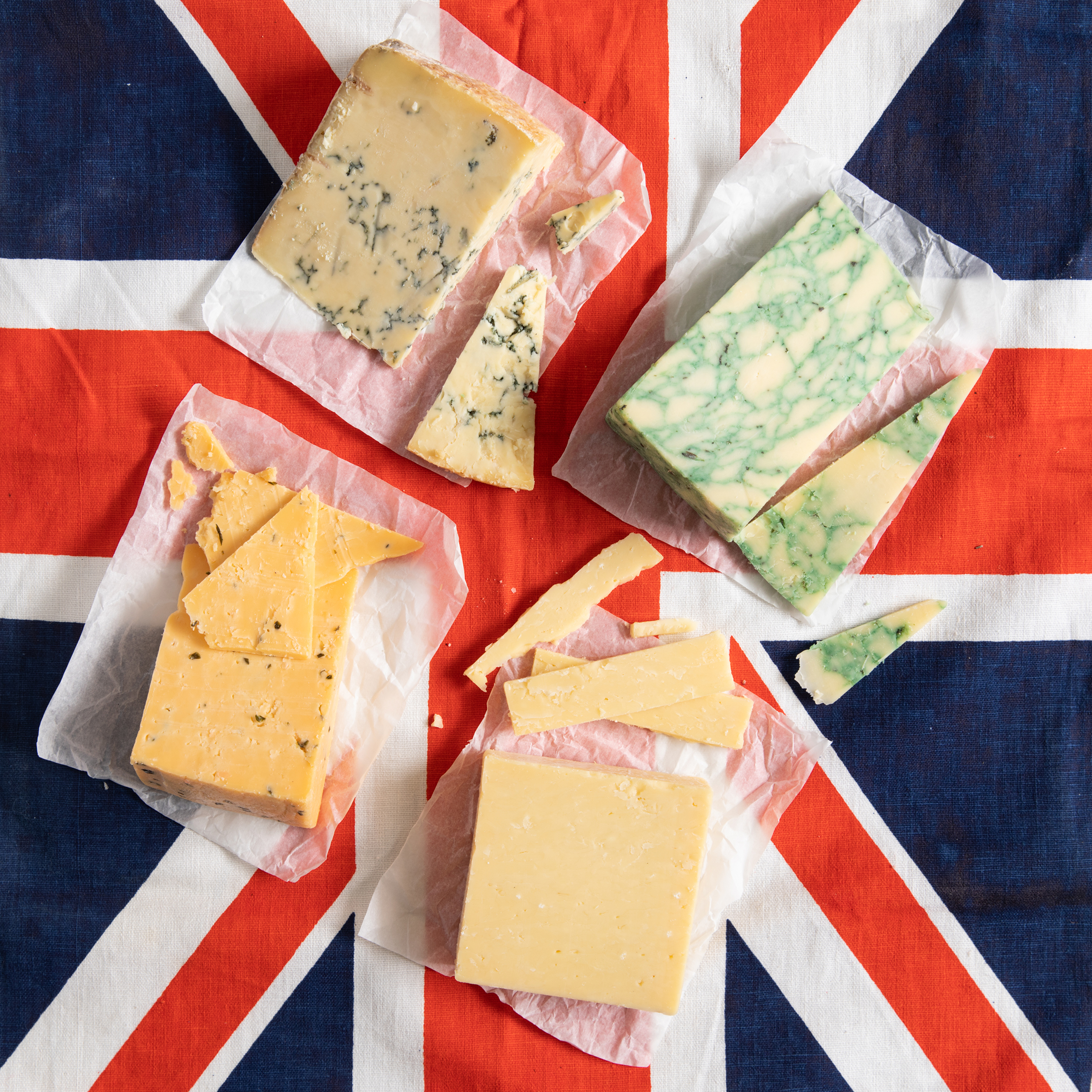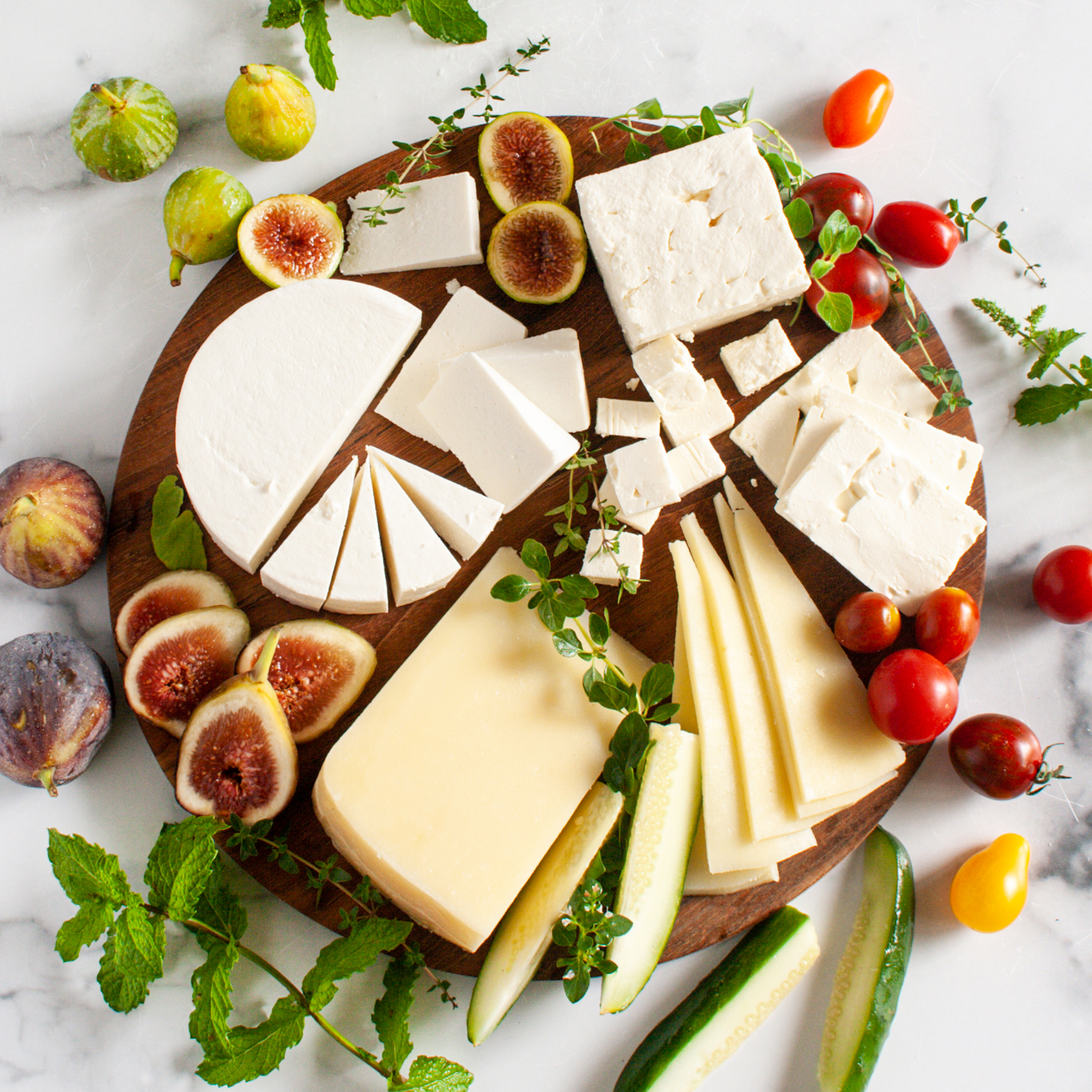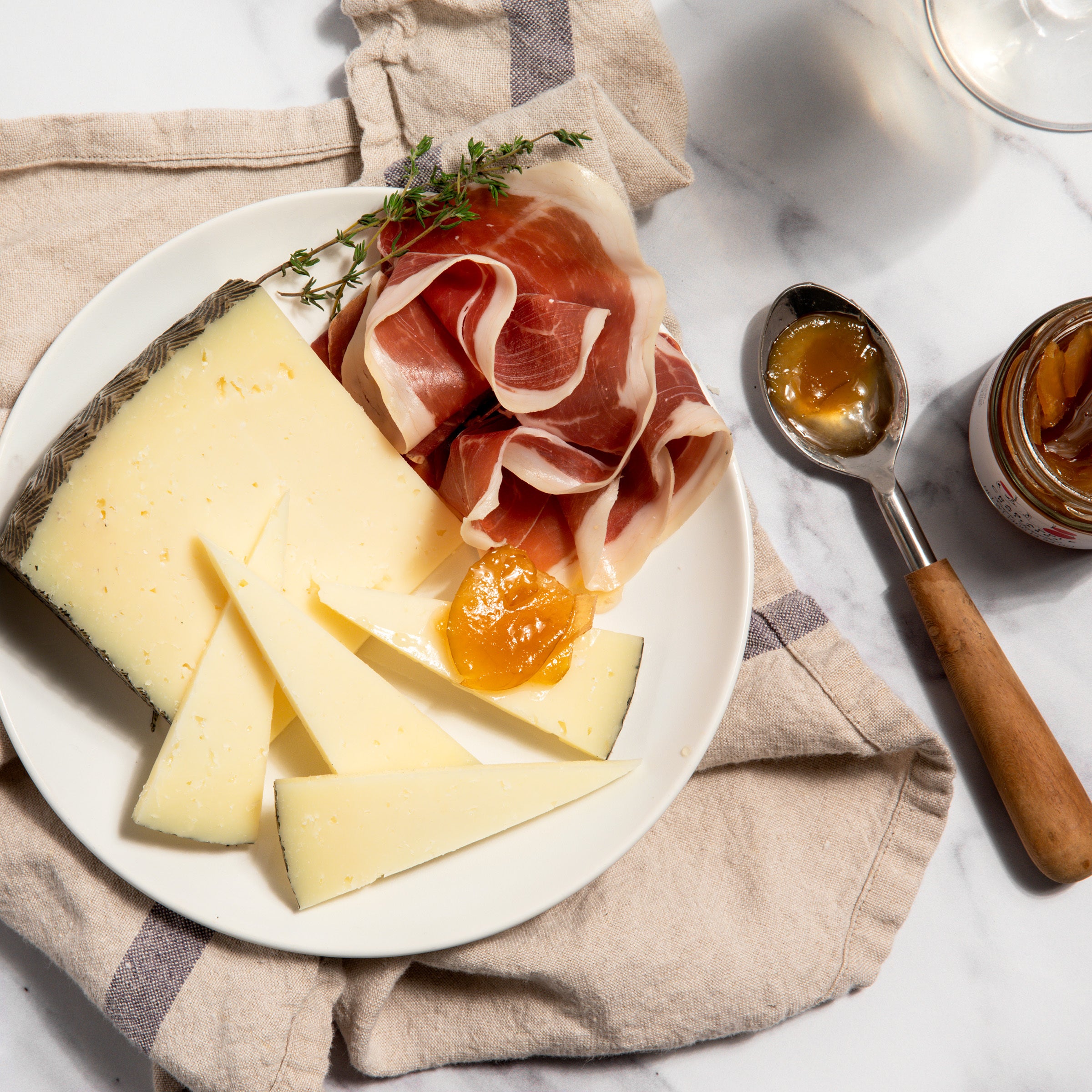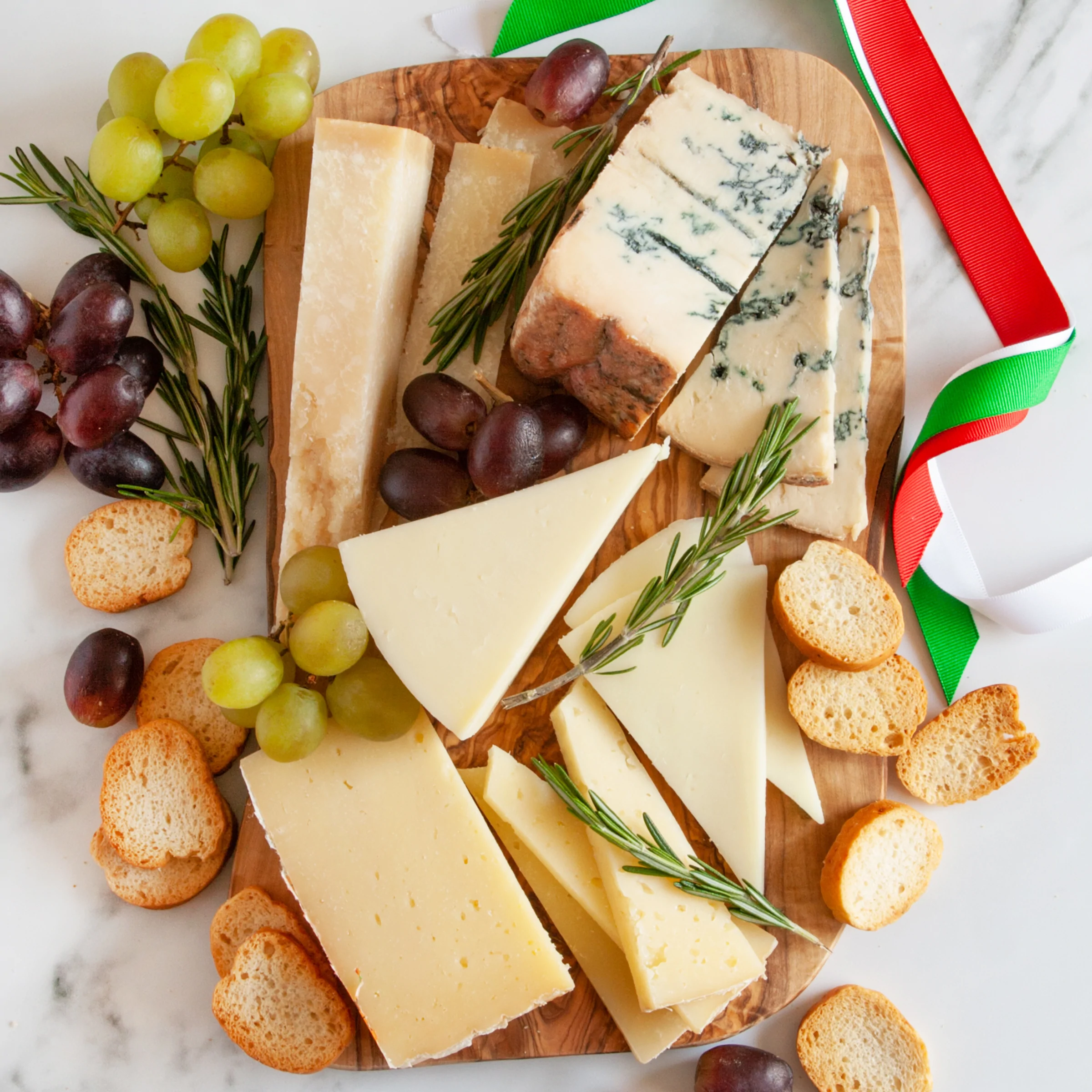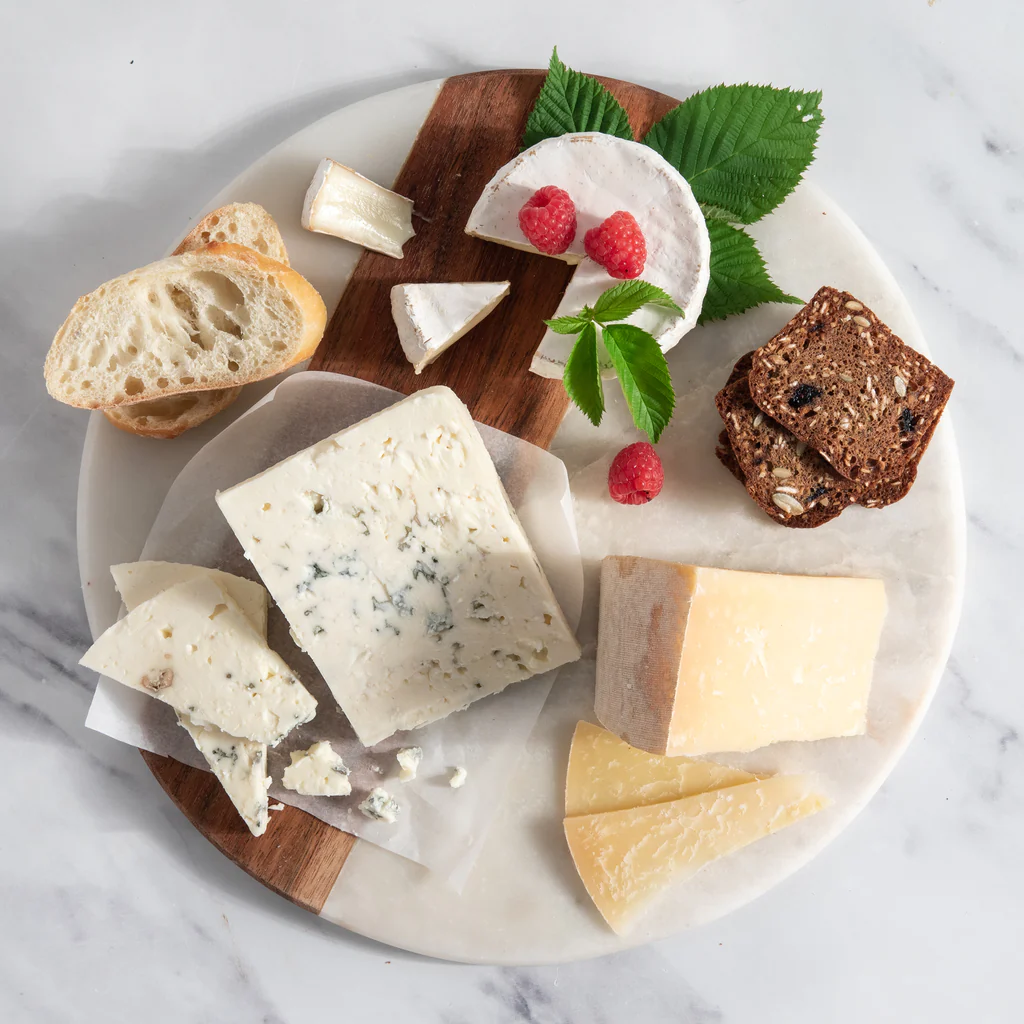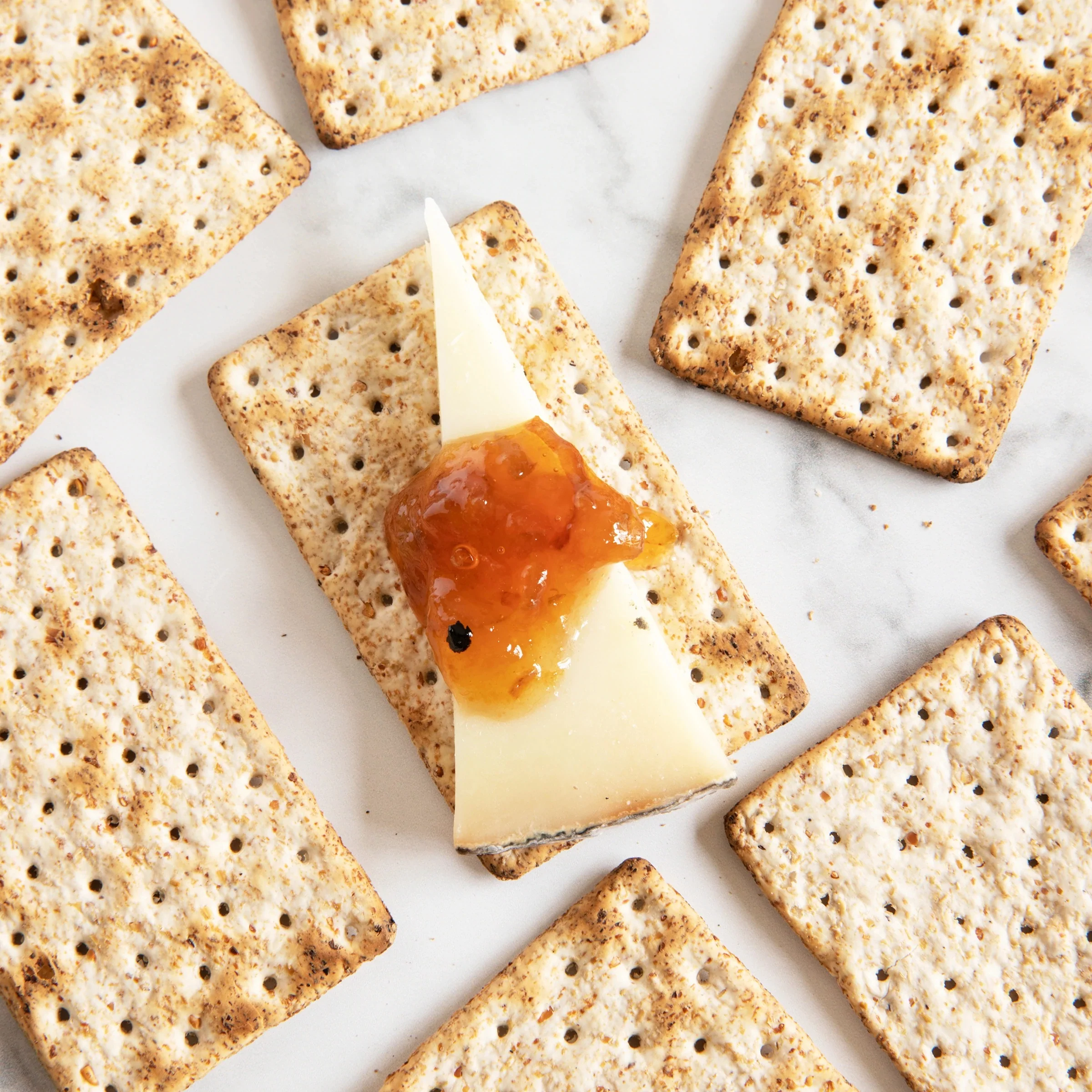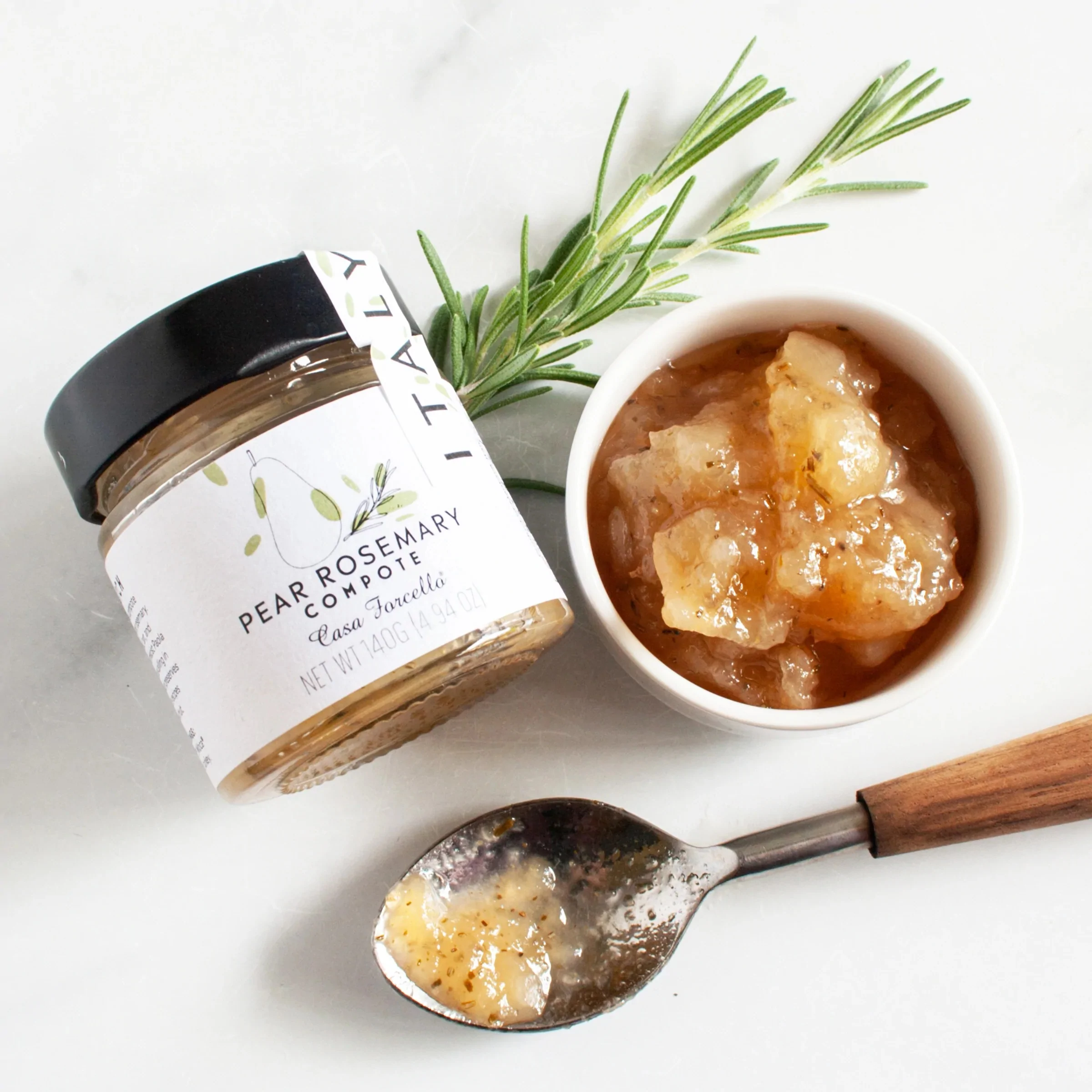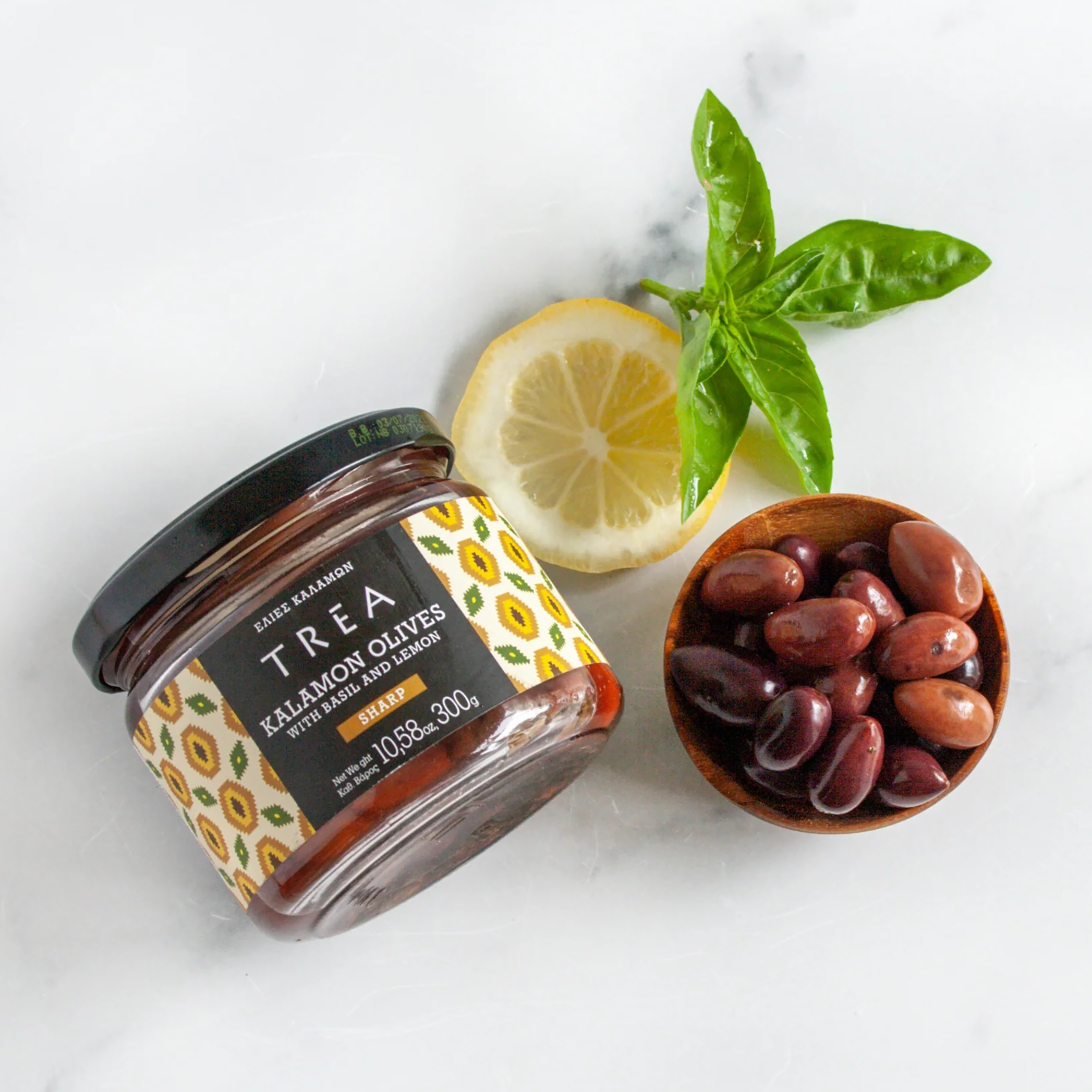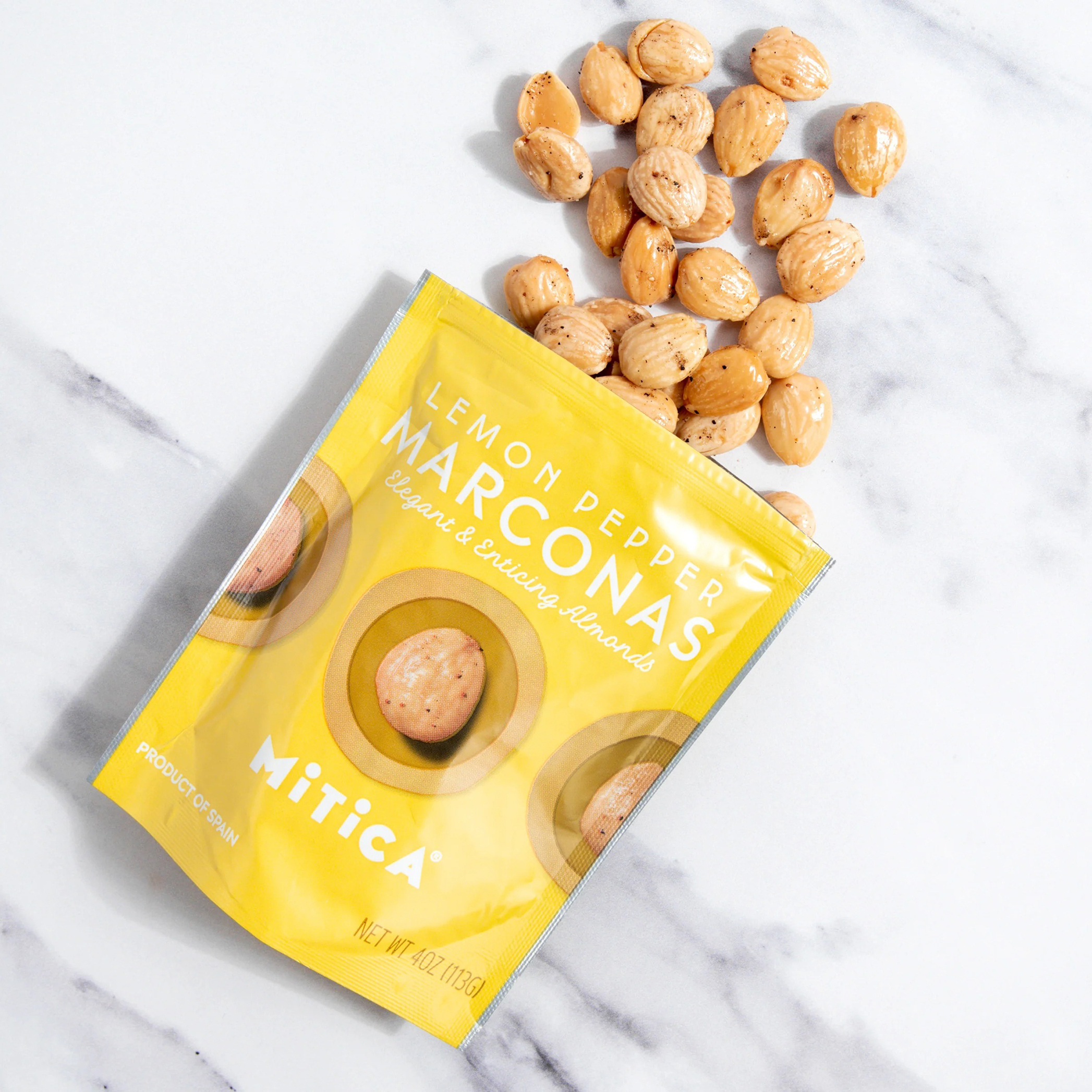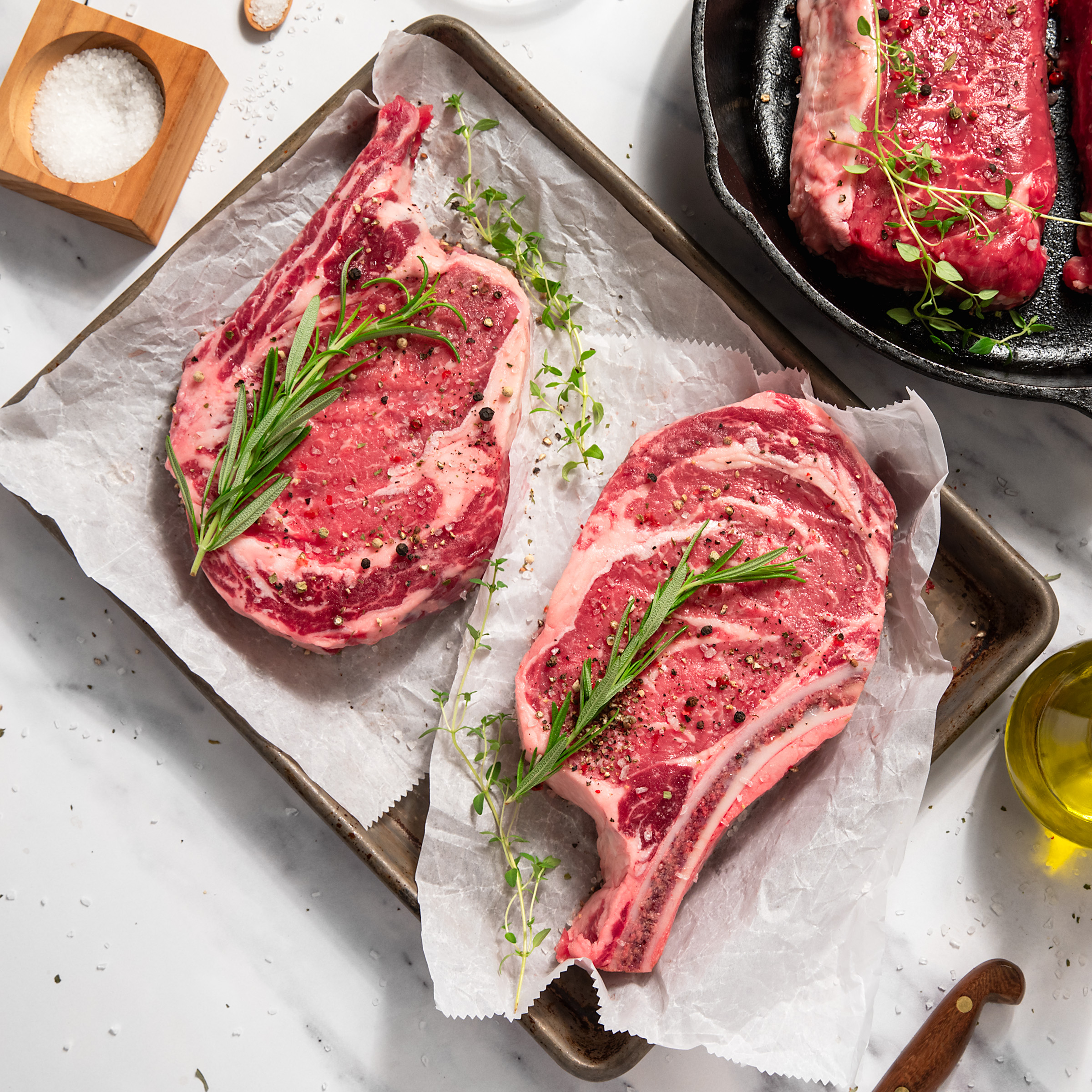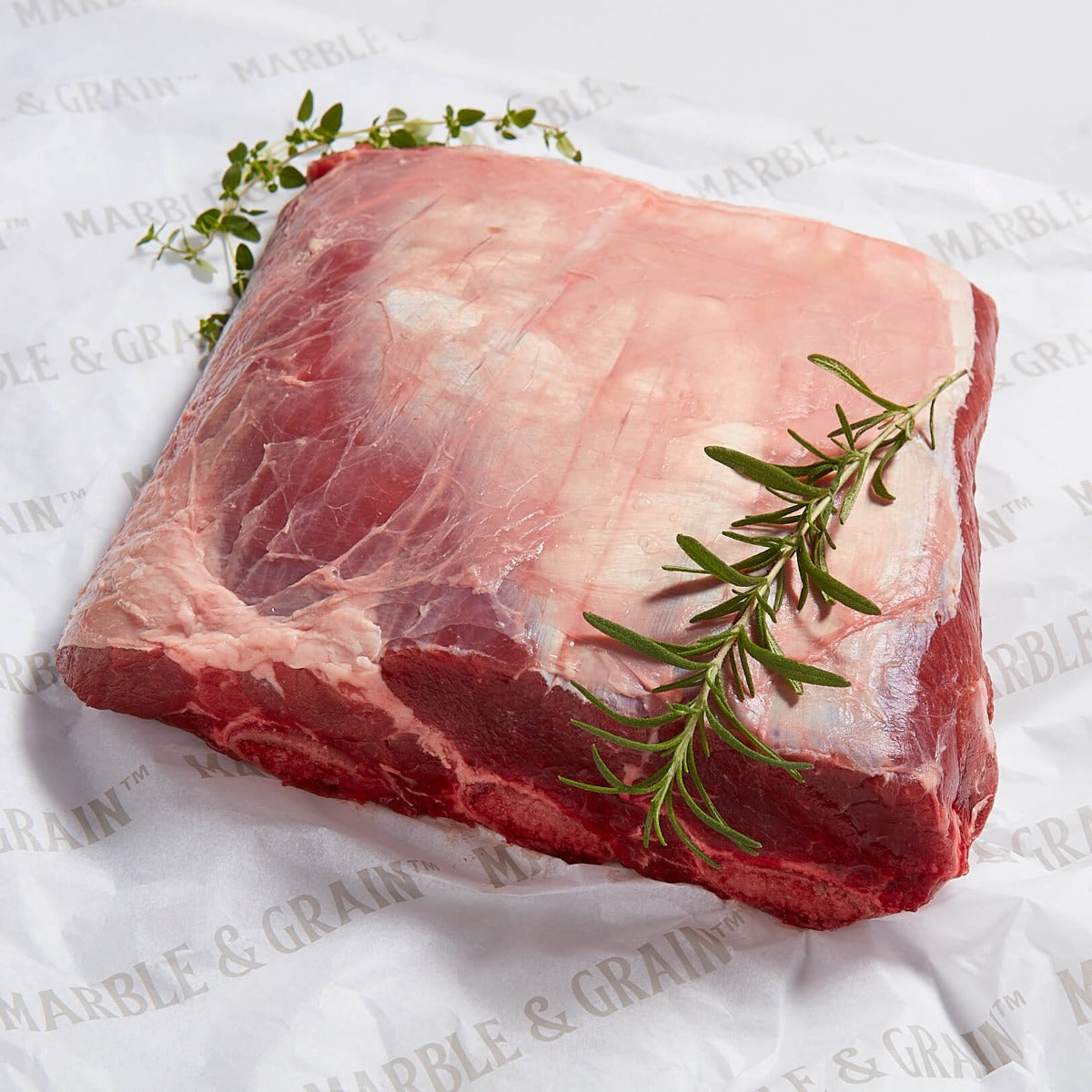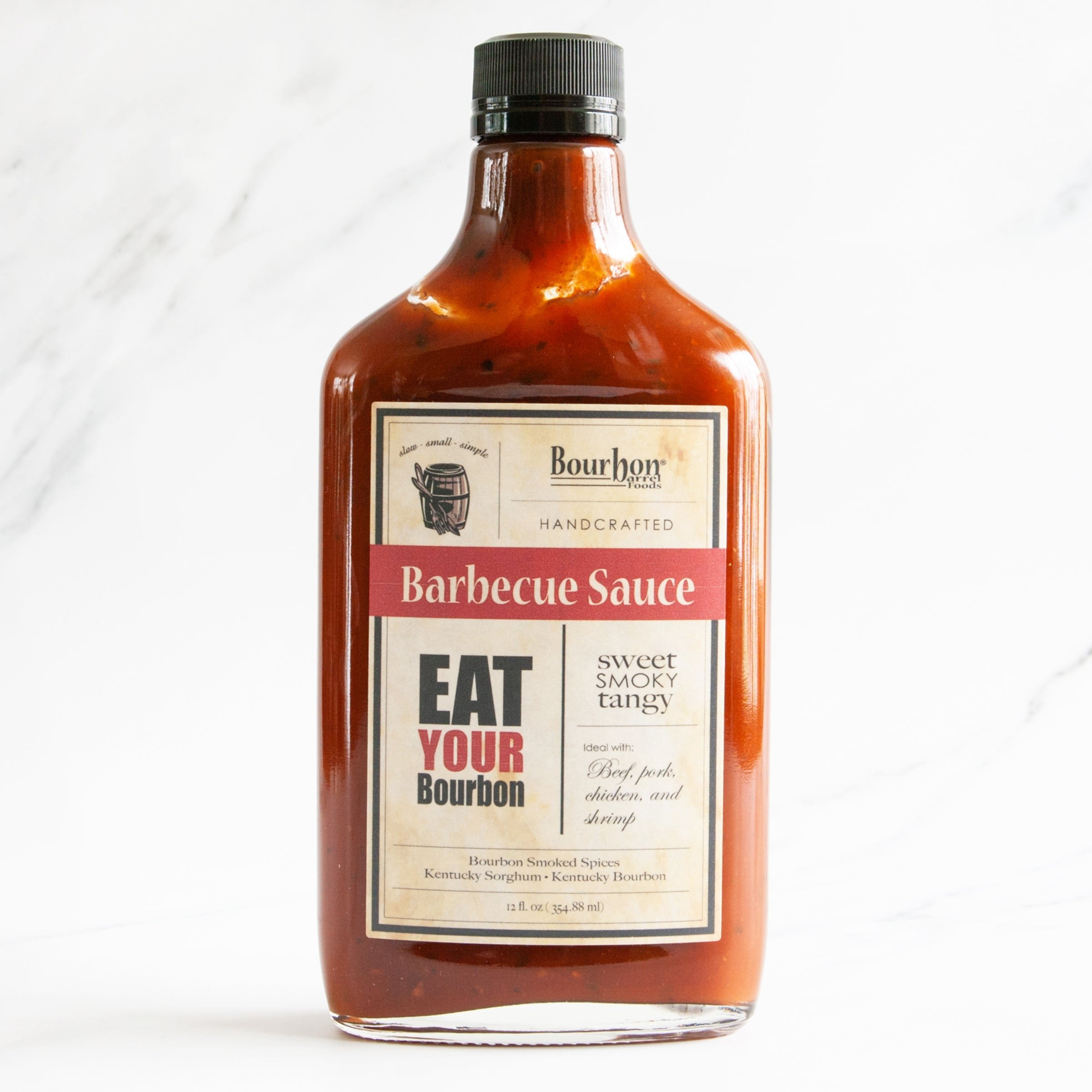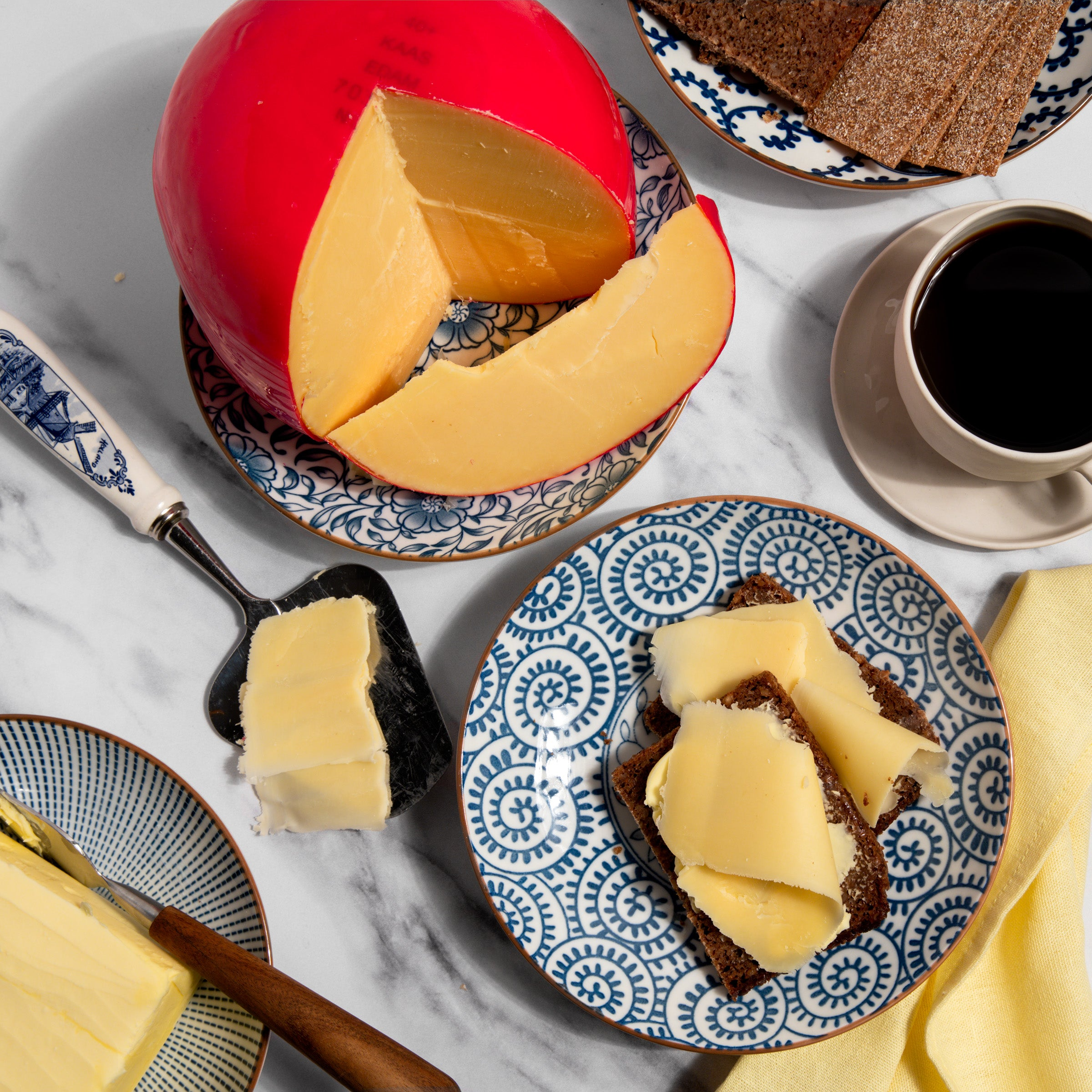Guide to Cheese Types
Gourmet Olives - Gourmet Guide
June 12, 2019 | By Dave Mattingly
Much like wine and cheese, olives have been a longstanding staple of the gourmet household. Prized for their unique depth of flavor, olives come in a variety of tastes and textures beyond the supermarket green and blacks. From tiny, fruity Spanish Arbequina, to the mild but meaty Italian Cerignola, to the chewy, leather and iodine finish of salt-cured Moroccan picholines, there is a world of olives for the curious gourmet to explore.
History of Olives
Olives originate from the olive tree, an ancient symbol of peace, abundance, victory and power. Olive trees are one of the oldest cultivated trees in the world. Cultivation of olive trees began around 6000 BC in the region between Syria and Iran and spread from the Eastern Mediterranean to the Western Mediterranean into regions of Turkey, Cyprus and Egypt and Greece by 1500 BC.
Greece has the ideal topography, climate and location near the sea to cultivate olives trees. The Greeks elevated Olives and their oil to an elite food in their culture, above any other. Greek mythology references the goddess Athena as producing the olive tree which provided not only oil, but also hard wood and shade for rest. The olive tree was also a very durable tree regenerating itself after damage. In fact, some olive trees are still producing olives after 2,300 years. Olive oil became very significant in Greeks’ day to day lives, as it was used in religious ceremonies, athletes bathed in it, travelers rubbed their feet with it for protection, and an olive wreathe was proudly placed on the door of the family who just had a male child. As civilizations advanced throughout history, olive oil became a universal form of currency and symbol of peace. Olives and their oil have continued to be used for not only cooking, but also as a medicine and in nutrition and skin care. Today, most table Olives, Olives that are eaten as opposed to those crushed for their oil, are harvested from Italy, Spain, Greece, Portugal, Morocco, Egypt, Syria and Turkey all of which are located in the Mediterranean.
Olive Preparation
Olives are not picked off the tree and ready to eat. If you were to pick a green olive off the tree, you'd be shocked at how hard, bitter, and completely unpalatable it is. Olives must first under go a curing process of some sort. Olives are often sold as "cracked," which is when a slit is put into the side of an olive, to help allow the olive to cure evenly. Most olives cure in a solution of salt and water, called a brine. Cracking olives allows the brine to penetrate the olive to the core, which is especially important in larger olives. Many small olives are not cracked, as the brine easily absorbs through the thin layer of meat around the pit.
Olives get interesting when you consider what to add to your brine. Salt and water are always a basic, and vinegar is added to some varieties. The salt and vinegar help to preserve olives for a long period of time by inhibiting bacterial growth in the salt-dense water. Otherwise, you can add almost anything to an olive's brine: herbs de provence, garlic cloves, dried citrus peel, juniper, spices, hot chilies, or even wine. Olives can also be cured in just oil or salt, which make for unique tasting olives, although these methods are less common.
Types of Olives
Below are six of the most common types of olives:
- Kalamata: Quite possibly the world's most famous olive right now. Named after the Greek city of the same name. Dark purple and almond-shaped, these meaty olives are at home on a salad or on their own.
- Manzanilla: Its large, round shape makes this a prime olive for stuffing. Green with a slight bite, these olives hail from Spain, where they are sometimes labeled "manzanillo".
- Arbequina: Tiny, blueberry-sized olives with a brown-green color. Although small, these olives are intensely flavored. In Spain, they are traditionally served as a hors d'oeuvre after being marinated in olive oil and herbs.
- Cerignola: One of the largest olives available on the market, Cerignola has a meaty texture and a slightly sweet flavor. Being so big, they make an impressive statement on an appetizer tray, or with two or three crowning a composed salad.
- Picholine: These green olives originated in France, but also grow in Morroco. They hold up well to cooking in Provencal stews or Moroccan tangines. They posses a mild flavor on their own, so use them in a dish that perks up their flavor.
- Nicoise: These olives are famous for their beguilingly small size that hides their big, robust flavor. About the same size or smaller than Arbequina olives, Nicoise olives are black/purple in color. One of their most famous uses is in the classic Salade Nicoise.
Along with being a delicious treat, olives are also a good source of Vitamin E, monounsaturated fats, polyphenols, and flavonoids. This combination serves as an anti-inflammatory and antioxidant making them not only great tasting but good for the body.
Enjoying Olives
Some of our favorite cheeses to enjoy with olives include Feta, Spressa di Pinzolo, Istara, Manchego, Kefalotyri, and Serra da Estrela. Olives are wonderful when marinated for 1-2 hours in olive oil, fresh herbs, pepper, and crushed garlic. You can make a delicious olive spread, or tapenade, by pitting olives and blending them in a mortar or food processor with herbs, olive oil, anchovies and onion. When adding olives to a cooked dish, note that the salt will affect the recipe, so be careful with how much additional salt you add. If you don't want to chew around the pit, you can easily remove the pit from olives by pressing down on them with the flat of a knife blade, or the back of a fork. Press down at an angle, which should force the pit out.
Order Online at the #1 Source for Gourmet Food and Gift Baskets
Buy Olives online from igourmet.com! Please visit our online store and go shopping at the number one imported food delivery service in the USA. Order black and green olives online at igourmet.com. Whether you prefer Kalamata, Bella di Cerignola, Spanish, Greek or Stuffed, you will find it here. We offer some terrific olive tapenade products as well. To find the best gourmet foods and gift baskets online, begin your search at igourmet.com.





